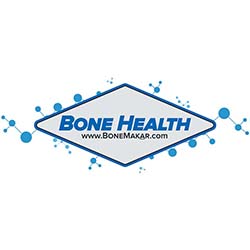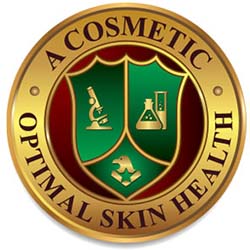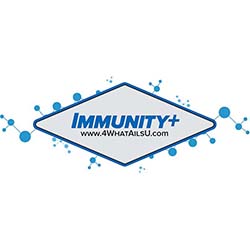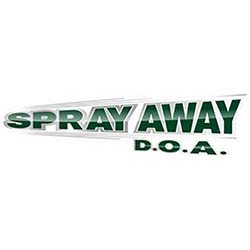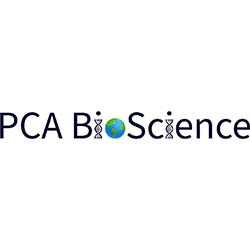The one ingredient in this formulation you may not be familiar with is protocatechuic acid (PCA).
Abundant In Nature: PCA is found throughout nature. It is designated as a phytochemical (plant chemical). It is the primary metabolite of the dyes that give color to plants, fruits, and vegetables. These dyes make blueberries blue and cherries red. The parent dyes are called anthocyanins and anthocyanidins. PCA is found in the deciduous tree leaves as they change color in the fall of the year and in pine needles.
Wu Y-P, Liang X, Liu X-Y, Gao H. Cedrus deodara pine needle as a potential source of natural antioxidants: Bioactive constituents and antioxidant activities. Journal of Functional Foods 14:605-612 · April 2015. DOI: 10.1016/j.jff.2015.02.023
In the Daily Human Diet: PCA is found in many foods in the daily human diet. It is in grapes, onion skins, white wine, cherries, and blueberries to name a few. It, therefore, is considered in the category of a Food Supplement.
Produced Normally in the Human Large Bowel: Interestingly, PCA is produced normally in small amounts by the bacteria in the human large bowel.
Multiple Health Benefits: The nature of PCA is that is it has both anti-inflammatory and antibiotic properties. This very factor minimizes the chance of an adverse effect caused by the A-Cosmetic formulation.
Not a Drug: PCA is not a drug or a pharmaceutical. It is classified as nutraceutical because it is from a food product containing health-giving additives and having medicinal benefits.
US Patented: PCA has been granted a US patent as a broad-spectrum antibiotic with wound healing properties which not only requires abundant evidence of being novel but also supporting studies from in vitro laboratory and in vivo animal experiments by certified independent contract laboratories.
The US patent is 9,498,413 B2 Antimicrobials and methods of use thereof for wound healing. November 22, 2016.
FDA Ruling on Safety: PCA has been designated as Generally Recognized As Safe (GRAS) by the FDA as a flavoring substance.
http://www.ift.org/~/media/Food%20Technology/pdf/2009/06/0609feat_GRAS24text.pdf
See page 11 for its FEMA number 4430. PCA is chemically listed by its chemical designation; 3, 4 dihydroxybenzoic acid. Its formula is similar to aspirin, a benzoic acid.
Fang J. Bioavailability of anthocyanins. Drug Metab Rev, 2014; 46(4): 508–520
PCA Produced in Human Body: PCA is normally manufactured by the human colon’s bacteria flora.
Dacre JC, Williams RT. The role of the tissues and gut microorganisms in the metabolism of protocatechuic acid in the rat. Aromatic dehydroxylation. J Pharm Pharmacol 1968. 20:610–618.
Companion Studies on PCA: We presently have an application before the US Environmental Protection Agency for a spray-on hard surfaces. This application requires multiple independent contract laboratory studies concerning safety and toxicity. These studies have found the PCA formulation to be safe for skin, eyes, inhalation, etc. The formulation for the EPA has PCA and a vehicle similar to that used for A-Cosmetic.

